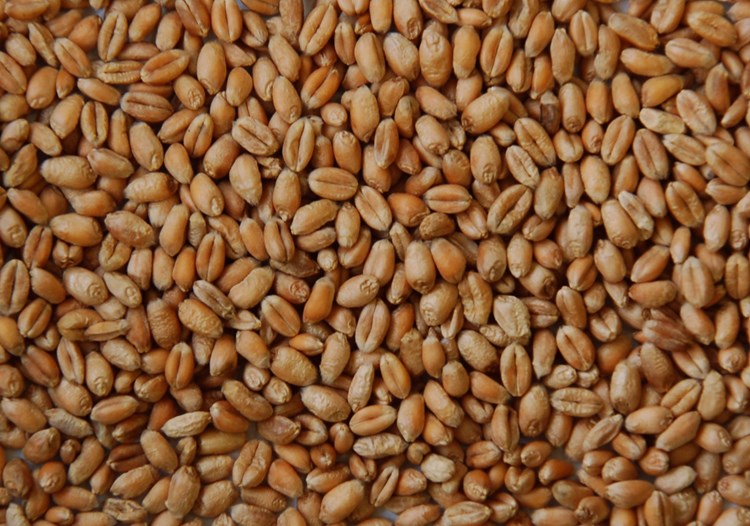Grain storage in trying times
With conditions not always ideal for grain harvest this year and early reports that grain quality is not at is best, care with storage to prevent grain deterioration will be particularly important. Farm Business Advisor, Tim Bevan tells us how to prepare your stores, and how to dry and cool your grain to prevent spoiling.
Cleaning stores out thoroughly will give them a good break from last year’s crop.
Storage pests, insects and mites, do not come in with the new crop but live on residues in store. In the UK the most important grain beetle pests rarely fly and do not infest grain in the field; they are mostly spread between stores on loads of grain, animal feed, contaminated lorries or equipment.
Cleaning out stores is then essential to prevent pest carry over and some timely maintenance can prevent access by both the small and large pests such as rats and pigeons. Eliminating cracks and crevices that can act as pest refuge is also a good idea. Don’t forget to clean all grain moving equipment such as augers and conveyors.
Insect or mite traps in the store at every 5 metres will allow you to identify any pests still present and prompt action to remove the persistent infections by further cleaning and good hygiene.
Remove the risk of contamination by foreign bodies such as glass, stones, concrete, etc. by good hygiene and fix shatterproof covers over lights if not already done so.
Ideally crops are cool and dry before they enter the store but the weather does not always play fair.
The ideal moisture content for stored grain is 14.5% or less, with any grain coming in at over 18% needing priority for drying. Both high moisture content and a high temperature in combination puts the grain at a great risk of fungal development and of mycotoxin formation. Using high temperature drying does need care to make sure the grain is cooled adequately following on to prevent insect and mite infestation. And remember grain for milling and malting is often required not to go above 50oC.
Near ambient air drying will be very slow if harvested grain has a high moisture content of above 20%. Reducing the depth of the stored grain will help with this if feasible.
Grain should be cooled as soon as possible after harvest to below 15oC to control grain beetles and mites; ideally within 2 weeks of harvest. Long term cooling to 5oC will kill insect pests surviving in store and prevent mite numbers increasing. However if you have barley in store aimed at the malting market don’t cool below 10oC. Cooling to below 12oC will prevent grain weevils from developing.
Monitoring of the store is then on-going.
Ideally weekly for grain temperature once the grain is at the target storage temperature, weekly with pitfall traps for grain mites and insects, and at least once a month for moisture. Pitfall traps should be positioned on top of the grain and just under the surface at 4-5 metres apart. Ideally blow air up through the grain to cool it and using a differential thermostat is a good idea which will only blow ambient air when it is cooler than the grain, preventing any dampness being added into the stored grain.



